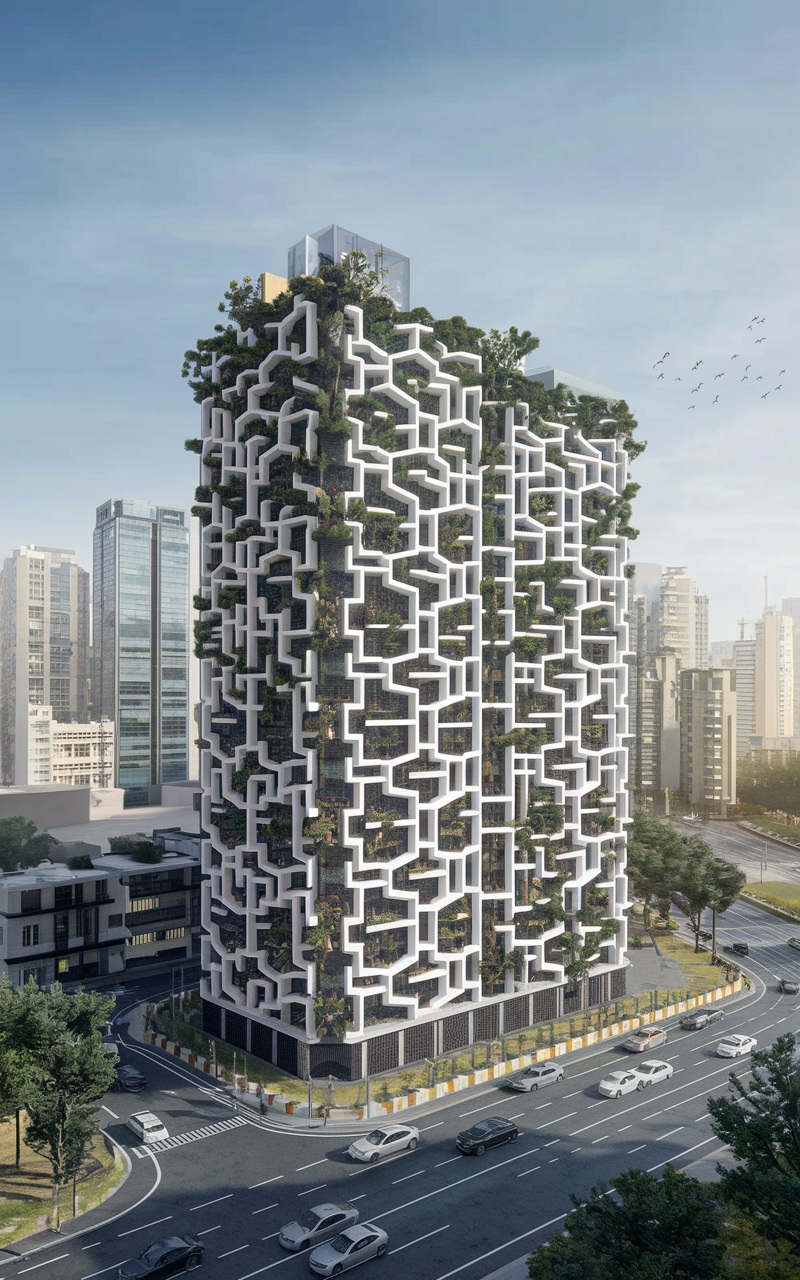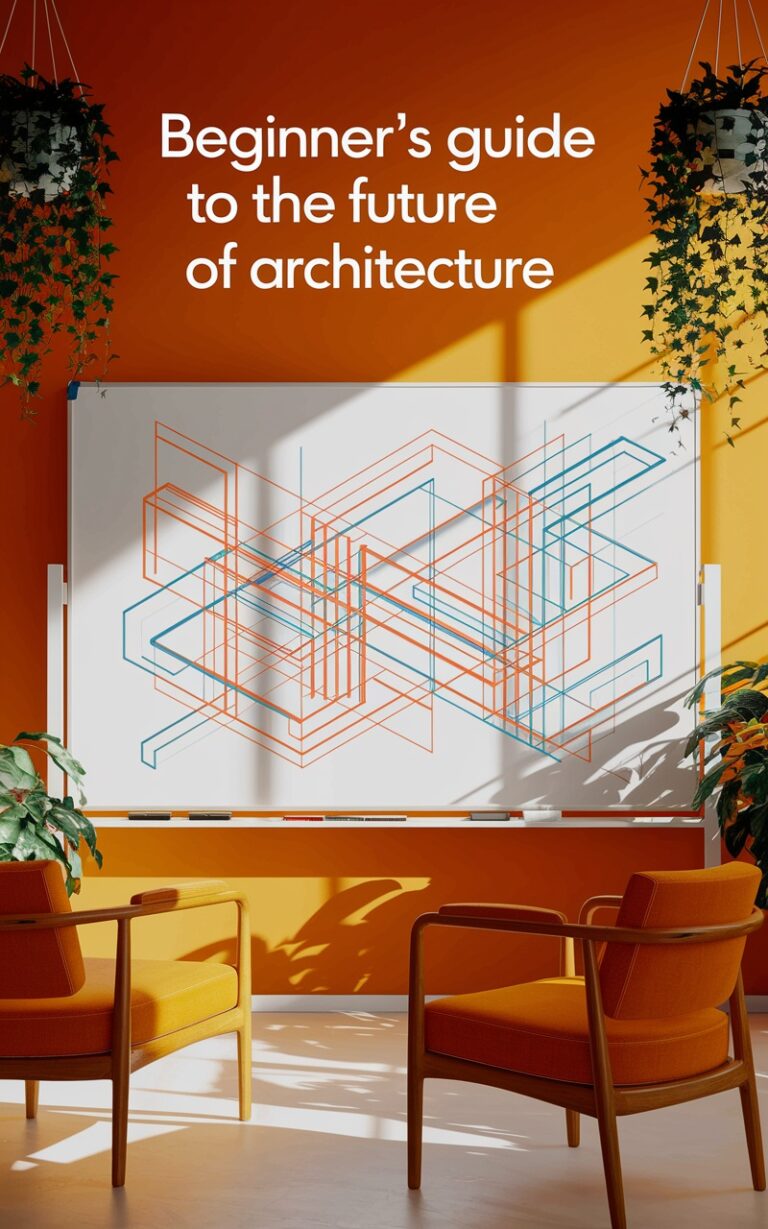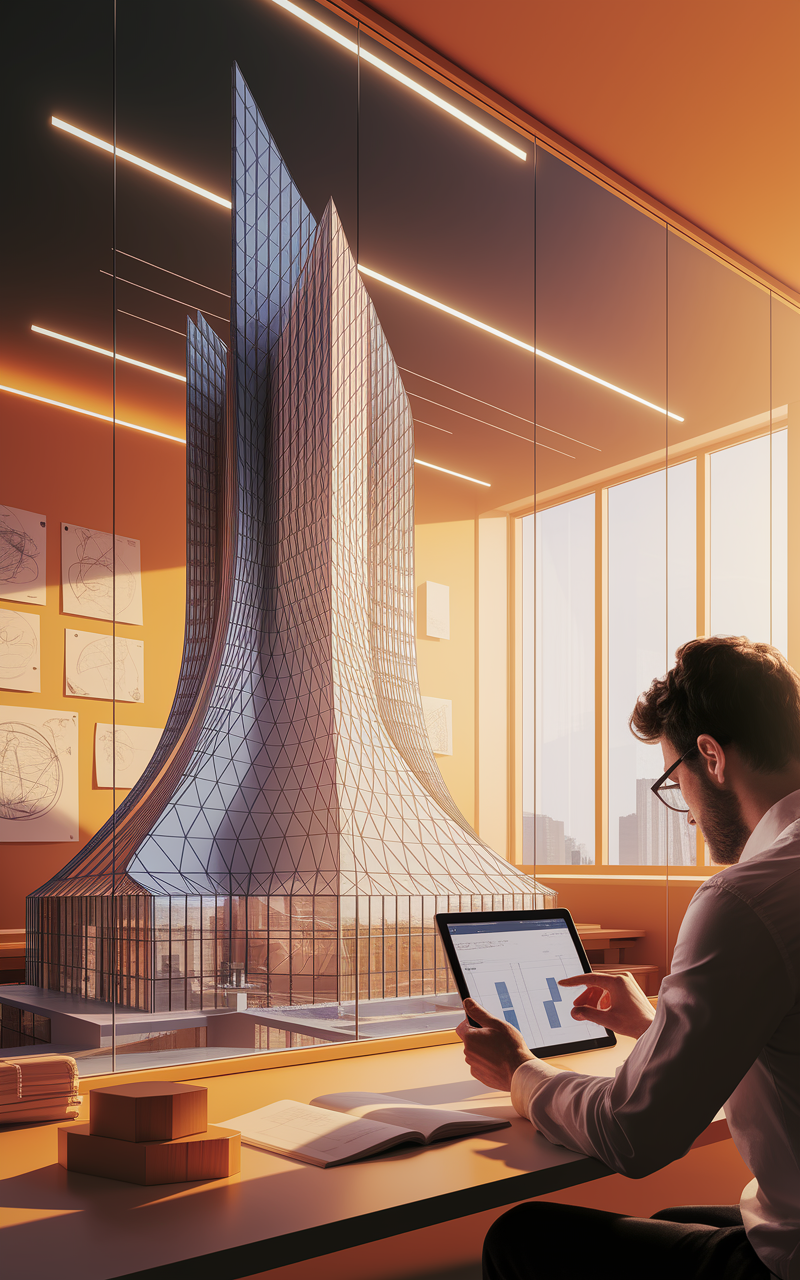Introduction
Imagine a world where buildings twist like living organisms, where curves defy gravity, and where every structure tells a story of innovation. This isn’t science fiction—it’s the reality of parametric design, a revolutionary approach reshaping architecture as we know it. For centuries, architects relied on rulers and intuition. Today, they wield algorithms and data to create structures that were once deemed impossible. Welcome to the future of design, where creativity meets computational power.
Why Parametric Design Is Important
Parametric design isn’t just a trend—it’s a paradigm shift. Traditional design methods often limit creativity to straight lines and fixed geometries. But what if you could design a building that adapts to its environment, optimizes energy efficiency, or even evolves over time? Parametric tools make this possible by using mathematical parameters to generate forms, allowing architects to explore thousands of design iterations in minutes. This approach isn’t just about aesthetics; it’s about solving real-world challenges like sustainability, urbanization, and resource efficiency.
The Role of Technology
At its core, parametric design relies on software like Rhino-Grasshopper or Revit Dynamo. These tools let designers input variables (e.g., sunlight angles, wind patterns, material constraints) and let algorithms generate optimized solutions. The result? Buildings that are smarter, greener, and more responsive to human needs.
Key Insights and Benefits of Parametric Design
- Breaking Creative Boundaries: From undulating facades to organic shapes, parametric design unlocks forms that challenge traditional construction norms.
- Sustainability: Algorithms can optimize material usage, reduce waste, and enhance energy efficiency—critical in a climate-conscious era.
- Speed and Precision: Automating repetitive tasks allows architects to focus on innovation while ensuring accuracy.
- Customization: Tailor designs to specific sites, cultures, or user needs without compromising scalability.
Real-World Examples of Parametric Design
1. The Sydney Opera House (Reimagined)
While the original design was groundbreaking, modern parametric tools could have streamlined its complex geometry. Today, projects like the Heydar Aliyev Center in Azerbaijan—with its fluid, wave-like structure—showcase parametric design’s potential to merge art and engineering.
2. Soga Design Studio’s Innovations in India
At the forefront of India’s parametric revolution is Soga Design Studio. By integrating local materials and cultural motifs with advanced algorithms, they’re creating cost-efficient, sustainable structures.
3. Adaptive Urban Solutions
In cities like Mumbai and Bengaluru, parametric design is being used to model high-density housing that maximizes natural light and airflow. These “smart” layouts improve livability without sacrificing urban aesthetics.
How Soga Design Studio Is Democratizing Parametric Design
While parametric tools are often associated with high-budget projects, Soga Design Studio is challenging this notion. They’re pioneering affordable solutions by:
- Training local artisans in parametric fabrication techniques
- Designing modular systems that adapt to India’s diverse climates
Their work proves that parametric design isn’t just for luxury skyscrapers—it’s a tool for inclusive, sustainable progress.
Conclusion
Parametric design is more than a technical marvel—it’s a philosophy that redefines how we interact with our built environment. By blending creativity with data, architects can craft spaces that are not only beautiful but also resilient and responsive. As pioneers like Soga Design Studio demonstrate, this approach isn’t confined to the West; it’s a global movement with the power to transform communities.
Ready to explore the future of architecture? Share your thoughts on parametric design in the comments, or reach out to see how these innovations could shape your next project. The blueprint for tomorrow’s world is being written today—don’t just watch the revolution, be part of it.




